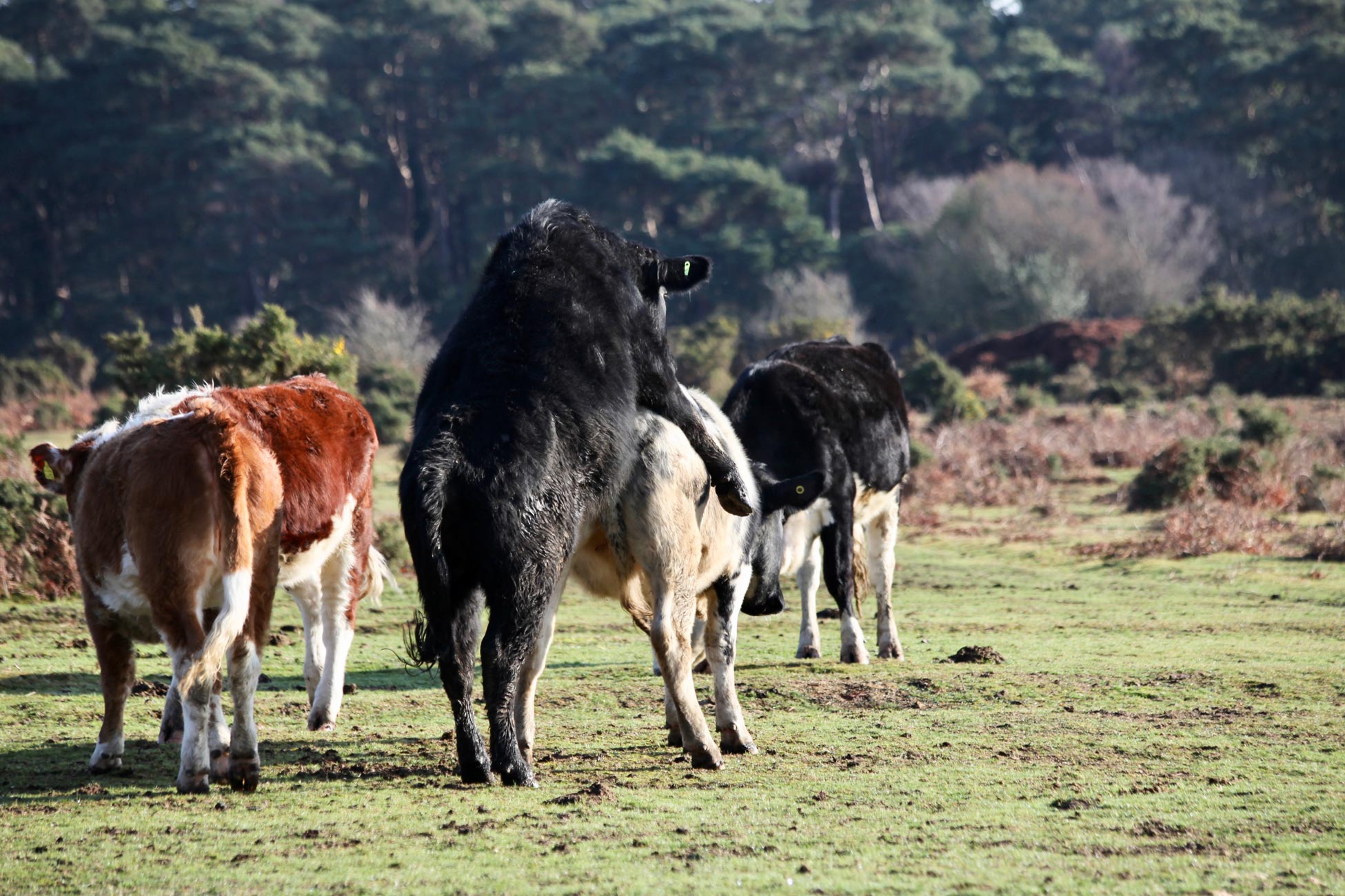Early this morning we visited our GP practice for our flu vaccines. This, known as the flu jab, is a process of injecting protection from strains of influenza. Those over a certain age are urged to avail themselves of this each year. I was a bit reluctant to get going this morning, especially as I thought this was a ploy on Jackie’s behalf to have me washed and dressed before midday. The procedure was quick and painless.
Along the coast road, the monochrome Isle of Wight, with its own Needles, emerged from filmy vapour.
We visited Elizabeth at Pilley once more. I stayed in the car while Jackie delivered some mail, including a parcel of equipment from B.T. who, despite having engineers frequently visiting Burnt House Lane, continue to despatch items to our home.
Jackie has been researching the activities of the young heifers witnessed on Bull Hill two days ago. This is what she learned from Wikipedia:
‘Bulling is a behaviour seen in cattle when one mounts another, usually when one or the other is a female in oestrus (on heat);[1] “bulling” is commonly used as a term for a female in oestrus. Female cattle in oestrus may mount any adult cattle, especially a bull (fertile male) if one is present, but they will also mount castrated males or other females. A bulling female will often also be mounted by other cattle, both male and female (only fertile males are usually capable of mating). A dominant bull will defend the bulling female from being mounted by other cattle.
Bulling is used by farmers to recognise oestrus, which is important to determine the fertile period when cows may be artificially inseminated.[1] Care is needed to identify whether the animal in oestrus is the one mounting or being mounted, and of course sometimes both animals may be in oestrus.
Mounting behaviour is also sometimes seen between adult cattle in the absence of a female in oestrus.’
I have added this as a P.S. to the original post.
This evening Jackie produced a most toothsome dinner consisting of her tasty steak and mushroom pie; new potatoes; crunchy carrots, green beans, cauliflower, and curly kale.





















